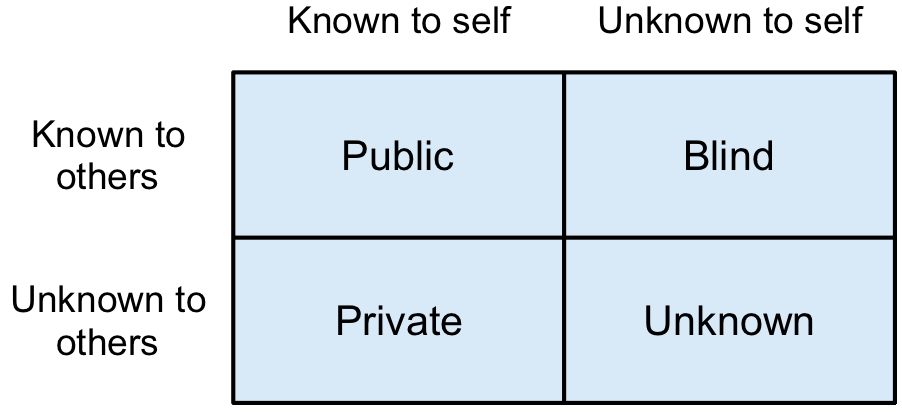For teaching advanced courses on e-commerce businesses I identified five major challenges:
- Development of a (real) value proposition: There are so many e-commerce sites nowadays, why (and how) add another one? The answer lies in a convincing value proposition. The best theory to apply here is Christensen’s „Jobs to be done“.
- Selection of the right business model: The main decision is whether to build a (multi-sided) platform or to go for the reseller model. Most executives think the platform model is the only reasonable choice in the huge e-commerce market. However, platforms do have some disadvantages and the reseller model with its better focus on customer experience may be the better option.
- Usage of Artificial Intelligence (AI): AI is more and more used by the big players in e-commerce. How and where does AI really make sense and what does it mean for the business model?
- Creation of new markets: In digital business, innovations are often disruptive. But there are also non-disruptive ways of creating markets and innovations; the Blue-Ocean Strategy can show you how.
- Learning from Amazon’s strategies: Amazon is the dominant player in e-commerce globally – and it is successful. So what can you learn from it?

